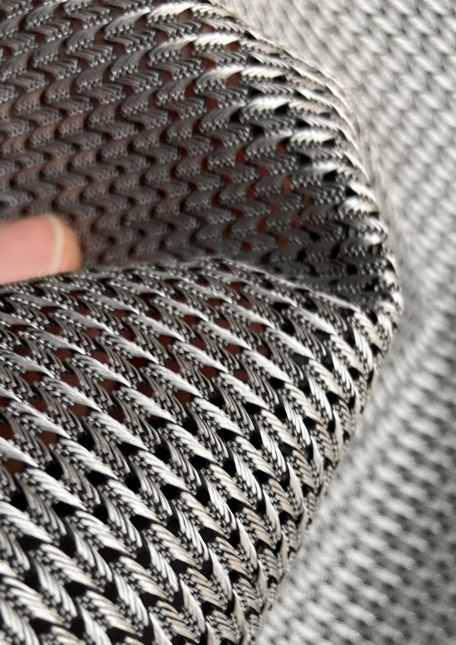Rökona Textilwerk GmbH & Co.
Rökona Textilwerk was founded in 1963 as a spin-off of the owner-managed firm Gerhard Rösch GmbH. While its sister company Rösch Fashion is consumer-oriented, Rökona operates in the technical textiles market with a focus on the car industry. Besides development and design, Rökona’s Tübingen headquarters are also home to a fully integrated production facility, including finishing and distribution.
www.roekona.de
www.roekona.de


